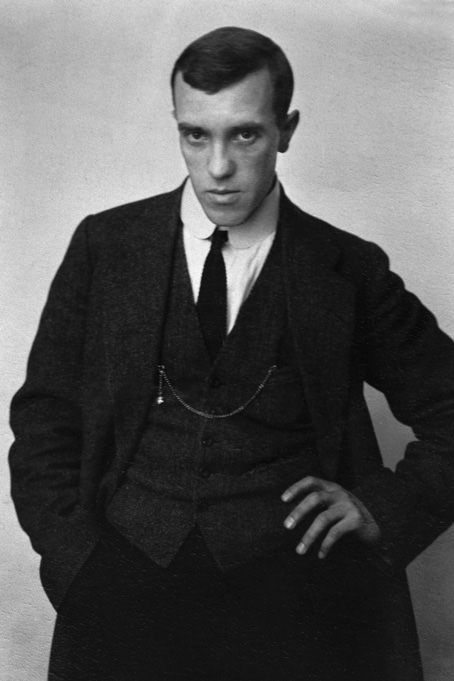

The reproduction of these works without the express written consent of the owner of the works is prohibited.
DownloadCapri Night
Konrad Mägi travelled around on Capri, as the motifs are from both the north and the central part of the island. The view on the painting was probably painted in the middle of the island: to the left is Monte Solaro and the Sorrento coast can be seen straight ahead, although he has made it appear closer than it is. It is hard to find a very clear consistency in Mägi’s choice of views, as he has selected to depict large-scale, panoramic perspectives (including this work) and intimate street scenes. He depicts mountains, buildings and local nature with equal passion.
On this work, Mägi builds a theatrical and decorative stage out of different elements. The cliffsides, dark blue sea, night sky and the bare tree branches extending like bony fingers into the sky make up a spectacle that is captivating for its romanticism and dramatism. Instead of expressively charged impulses, it is reasonable to presume that Mägi was attempting to use theatricality to attain sublimity. In this work, Mägi uses many details that must have struck a deep emotional chord with him due to the expansiveness (mountains, sky, sea) and its unfamiliarity. Mägi encounters a number of phenomena he had not previously seen before with these qualities: although he did see hills in Norway, craggy cliffs such as these must have been unprecedented. The combination of the dark-blue sky and night atmosphere more broadly must have struck him as unfamiliar and foreign, and the openness of the sea seen from up high must have seemed fresh and novel, too, as in Saaremaa and Normandy he looked at the sea from a much more intimate angle.
In painting this work, then, Mägi made an acquaintance with many new and unfamiliar phenomena, which prompted not only curiosity but an enhanced emotional state. To convey the experience, he used theatricalization, not domestication: Mägi distances himself from the visible and shows us the scene as an impressive display. He inhabits the spectacle emotionally but above all conveys the visual qualities and the emotional charge packed into them, leaving aside the possibilities of making the unfamiliar experience his own, home-like.
The reproduction of these works without the express written consent of the owner of the works is prohibited.

